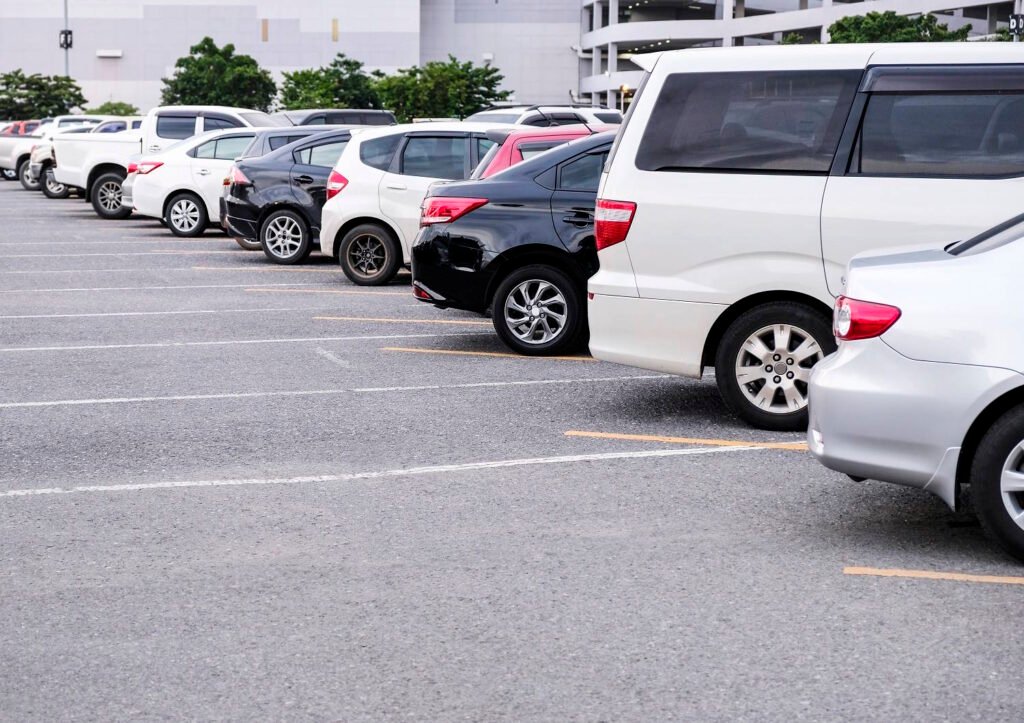Parking your car might seem like a simple task, but in the United States, it’s governed by a complex web of federal, state, and local regulations. Whether you’re a new driver, a visitor from another country, or simply looking to avoid that next parking ticket, understanding these rules is essential.
General Parking Guidelines
Across the United States, certain parking principles remain consistent regardless of where you are. Like a good houseguest who knows not to put their feet on the furniture, a responsible driver should know the fundamental rules of where not to park.
As a general rule, you should park in designated areas whenever possible. When parking on a roadway, position your vehicle as far away from traffic as possible. If there’s a curb, park within 18 inches of it to maximize road space for passing vehicles.
When parking on a hill, turn your wheels to prevent your vehicle from rolling into traffic if your brakes fail. When headed downhill, turn your front wheels toward the curb. When headed uphill with a curb, turn your front wheels away from the curb and let the car roll back slightly until the right front tire touches the curb. If parking uphill without a curb, turn your wheels toward the right side of the road so the vehicle will roll away from traffic if it moves.
Prohibited Parking Areas
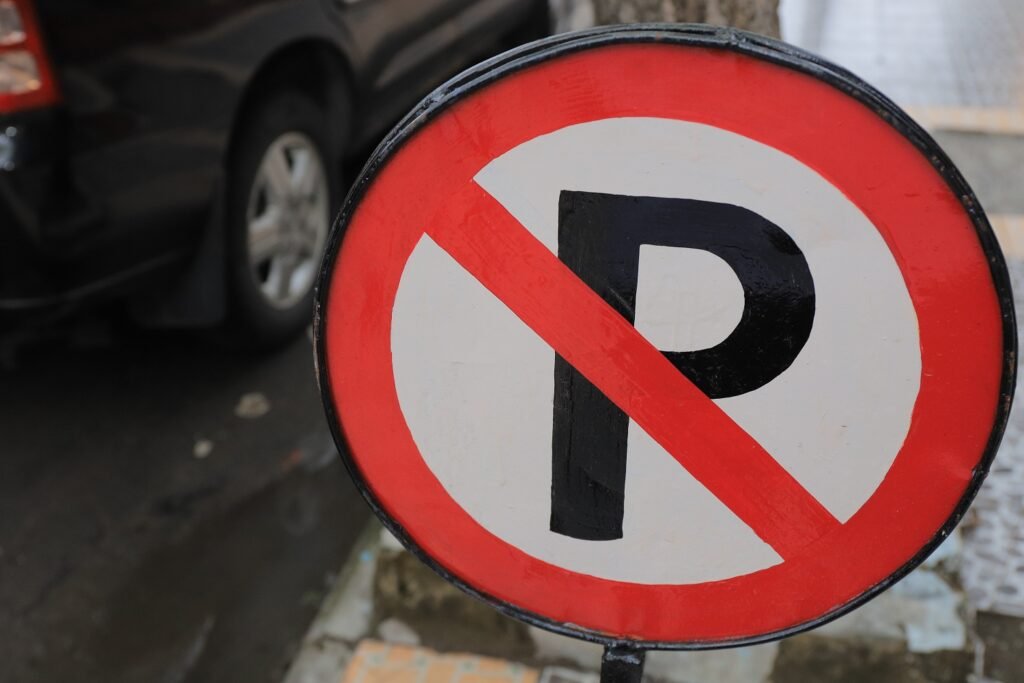
Just as you wouldn’t set up a picnic in the middle of a highway, there are places where you should never park your vehicle. According to documents from the U.S. Department of State, you should not park:
- On crosswalks
- In front of public or private driveways
- On bridges outside city limits or in highway tunnels
- Alongside another parked car (double parking)
- Closer than 15 feet from a fire hydrant
- Closer than 20 feet from a crosswalk at an intersection
- Closer than 30 feet from a stop sign
- Closer than 20 feet from a fire station entrance on the same side of the street
- Closer than 75 feet from a fire station entrance on the opposite side of the street
- Closer than 50 feet from a railroad crossing
- In “NO PARKING ZONES” typically marked with signs or yellow painted curbs
- In an intersection
- On a sidewalk
Many of these restrictions exist to maintain emergency access routes. For example, the 15-foot clearance around fire hydrants ensures that firefighters can quickly connect their hoses in an emergency.
Parking for People with Disabilities
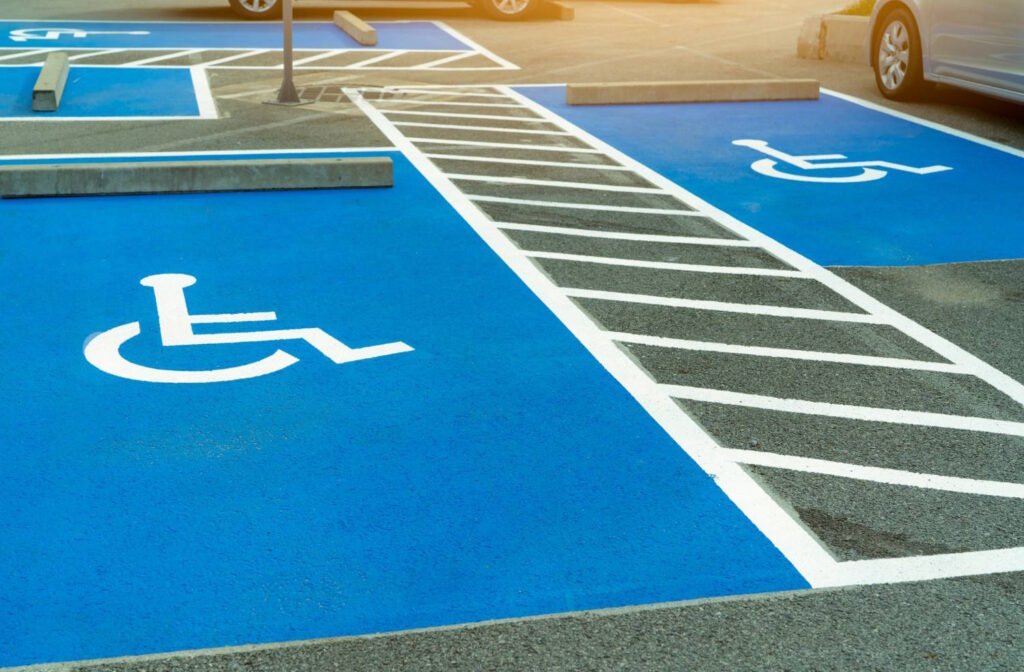
Reserved parking spaces for people with disabilities are marked with the familiar blue and white wheelchair symbol. These spaces provide necessary access for individuals with mobility challenges and are not simply “premium parking.”
To legally park in these designated spaces, you must display a valid disability parking permit, placard, or special license plate. These are typically issued through state DMV offices to qualified individuals with permanent or temporary disabilities. Unauthorized use of these spaces can result in substantial fines, often starting at $250 for first offenses in many states.
Parallel Parking Technique
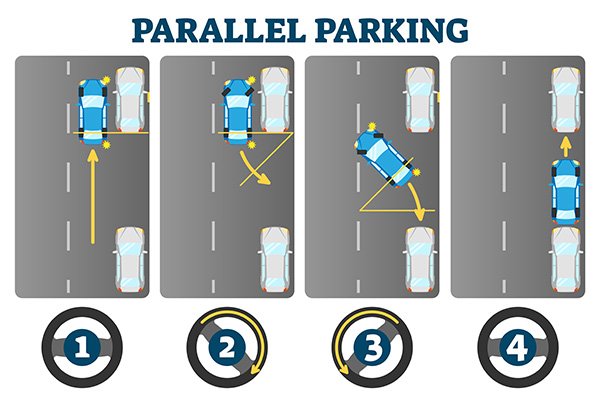
For many drivers, parallel parking ranks somewhere between root canals and public speaking on the anxiety scale. However, mastering this skill is essential in urban areas where it’s often the only parking option available.
Here’s a step-by-step guide to successful parallel parking:
- Signal and stop with the rear bumper of your vehicle even with the rear bumper of the vehicle in front of the space you want to park in. Keep about one to two feet of distance between the vehicles.
- Turn your steering wheel to the right and back slowly, aiming the back of your car toward the front of the car behind you.
- As the front of your car clears the back of the car in front of you, turn your wheels sharply to the left and continue backing slowly until the back of your car almost touches the car behind you.
- Straighten your wheels and pull forward to center the car in the parking space. Your car should be no more than 18 inches from the curb.
Remember to put the transmission in park, set the brake, and turn off the engine. It’s against the law in most states to leave keys in a running, unattended vehicle.
State-Specific Regulations
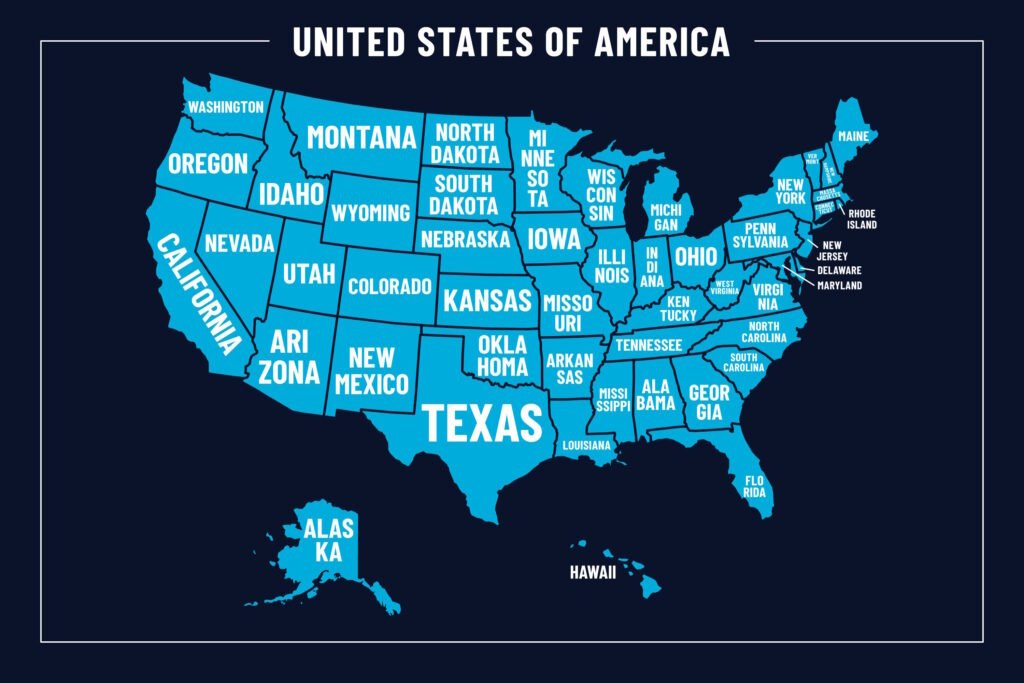
While many parking rules are consistent across the country, states and municipalities often have their own specific regulations. For example, California drivers must turn their wheels toward the curb when parking on a downhill grade, while some East Coast cities prohibit parking on certain streets during snow emergencies to facilitate plowing.
Some cities have implemented smart parking systems that allow payment via mobile apps, while others still rely on traditional parking meters or pay stations. In San Francisco, dynamic pricing adjusts rates based on demand, while New York City has specific alternate-side parking rules to accommodate street cleaning.
Parking Enforcement
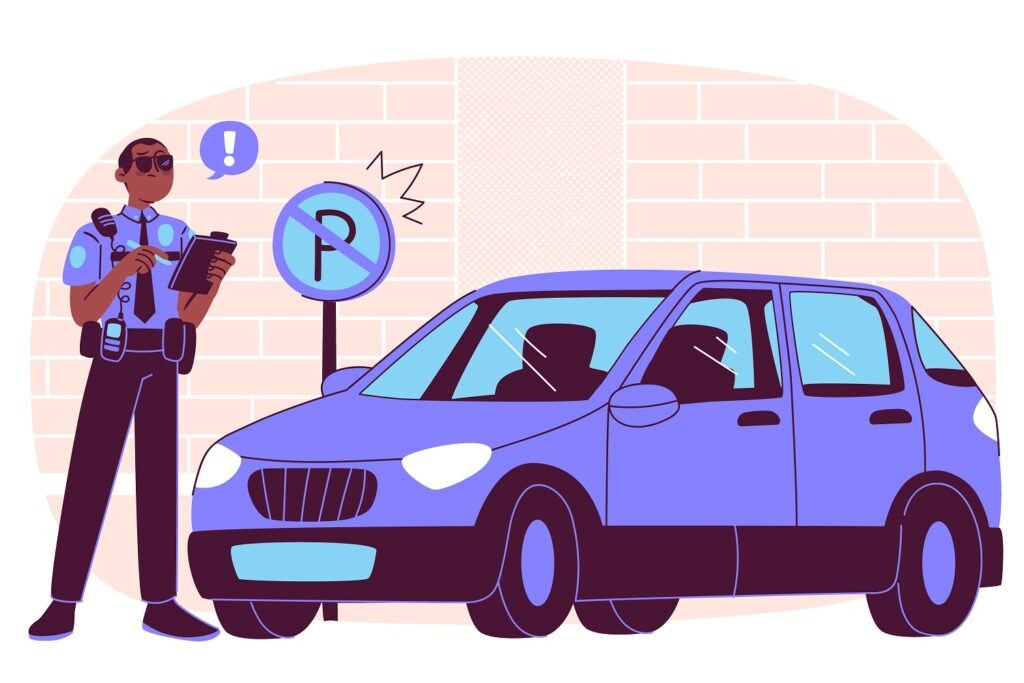
Breaking parking rules can result in various consequences. Minor violations typically result in tickets with fines ranging from $20 to $100, depending on the location and violation. More serious infractions, such as parking in fire lanes or spaces reserved for people with disabilities, can lead to higher fines and potentially having your vehicle towed.
In many cities, parking enforcement officers patrol regularly, but some municipalities also use camera systems to automatically ticket illegally parked vehicles. If your car gets towed, retrieving it can be expensive and time-consuming, often involving a trip to an impound lot and fees that can easily exceed $200.
Special Considerations
Street Cleaning and Snow Removal
Many cities designate specific days and times for street cleaning or snow removal. During these periods, parking may be temporarily prohibited on certain streets. Signs typically indicate these restrictions, and vehicles parked during these times may be ticketed or towed.
Parking During Emergencies
During declared emergencies such as snowstorms or floods, special parking rules may apply. Designated snow emergency routes require all parked vehicles to be moved to allow snowplows to clear the pavement for traffic. Failure to move from a marked area during a declared snow emergency will result in a ticket and/or towing.
Time-Limited Parking
Many urban and commercial areas have time restrictions on parking, ranging from 15 minutes to several hours. These restrictions help ensure turnover so that multiple visitors can access businesses throughout the day. Always check posted signs for time limits and be aware that exceeding these limits can result in tickets.
Conclusion
Navigating the complex landscape of parking regulations in the United States requires attention to detail and awareness of both local and general rules. By following these guidelines, you can avoid tickets, towing, and the frustration that comes with parking violations.
Remember that parking regulations exist not just as bureaucratic inconveniences but as essential components of urban planning that help maintain traffic flow, ensure emergency access, and fairly allocate limited parking resources. Understanding and respecting these rules contributes to safer, more efficient communities for everyone.

